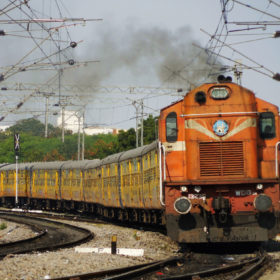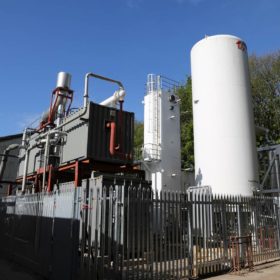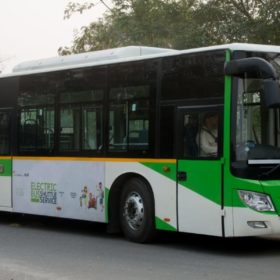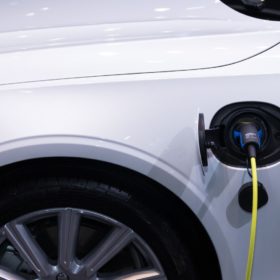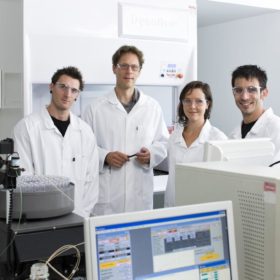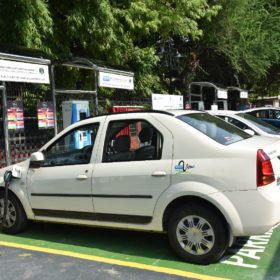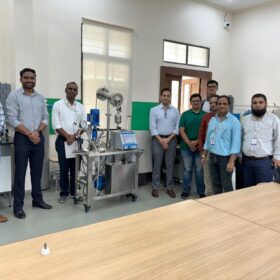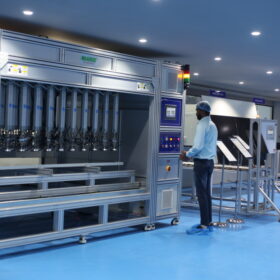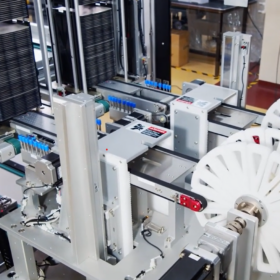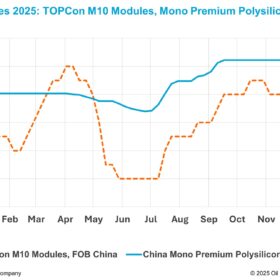Indian Railways tenders hydrogen fuel cell technology for trains
The Railways initially plans to convert diesel-powered trains in the 89km Sonipat-Jind section of Northern Railway to run on hydrogen. The hydrogen fuel cell retrofitment kit, along with the balance-of-plant and energy storage and hydrogen storage modules, will replace the existing power-train items onboard 1,600HP diesel-electric multiple unit (DEMU) rakes.
Indian scientists develop zinc-iron redox flow battery with zero dendrite growth
Scientists in India fabricated a redox flow battery based on zinc and iron that showed strong storage characteristics and no signs of degradation over 30 charge-discharge cycles. The battery also showed no signs of dendrite formation, overcoming one of the key hurdles for redox-flow batteries based on these low-cost, abundant materials.
Lithium-ion technology to lead the Indian battery energy storage systems market by 2030
A new report projects Lithium-ion technology to lead the Indian battery energy storage systems market by 2030 as prices for lithium iron phosphate (LFP) and lithium nickel-cobalt-manganese (NCM) battery technologies fall.
A closer look at liquid air energy storage
A British-Australian research team has assessed the potential of liquid air energy storage (LAES) for large scale application. The scientists estimate that these systems may currently be built at a cost between €300 and €600 per kilowatt-hour and that a positive business case could be favored by certain conditions, including a determined price structure in the energy market and the presence of a grid unable to support high levels of renewable energy penetration.
EverSource-backed GreenCell to deploy 3,250 electric buses in three years
The company will initially launch 750 electric buses across key intercity and inter-state transit routes in Southern and Western India. To support the e-bus rollout, it is also building a captive charging infrastructure network across highways with 600 DC chargers of 180/240 kW capacity rating.
Local solar will lead the energy transformation over the next five years
The adoption of local, community-based energy solutions like rooftop solar and batteries can help make the energy grid more flexible and reliable. Home solar and batteries will enable the growth of ‘prosumers’ who produce and share energy, as well as consume it.
Residential PV makes EVs cheaper, reduces emissions
The maintenance cost of an electric vehicle is estimated to be significantly lower than internal combustion engines, and studies show home solar furthers the cost savings and boosts carbon emission reductions.
Australian firm partners JSW Energy on green hydrogen projects in India
Australia-based Fortescue Future Industries has partnered with JSW Energy arm on green hydrogen production and application in India.
Aussie startup invents breakthrough non-toxic battery electrolyte that’s cheaper ‘by factor of 100’
Professor Thomas Nann told pv magazine Australia that a breakthrough idea was almost too simple: “Actually when we submitted the patent in the first place, the patent officers came back to us and said ‘well, that’s too trivial’ and we made exactly that argument – why did no one else do that then?” said Nann.
CESL, HPCL sign agreement on EV charging infrastructure
Convergence Energy Services limited, an arm of Energy Efficiency Services Limited (EESL), will set up electric vehicle charging points at Hindustan Petroleum Corporation Limited outlets in major cities including Mumbai, Delhi, Bengaluru, Hyderabad, Chennai, Kolkata, and Pune. The two partners are also identifying major highways across India where adequate charging infrastructure can be installed.
